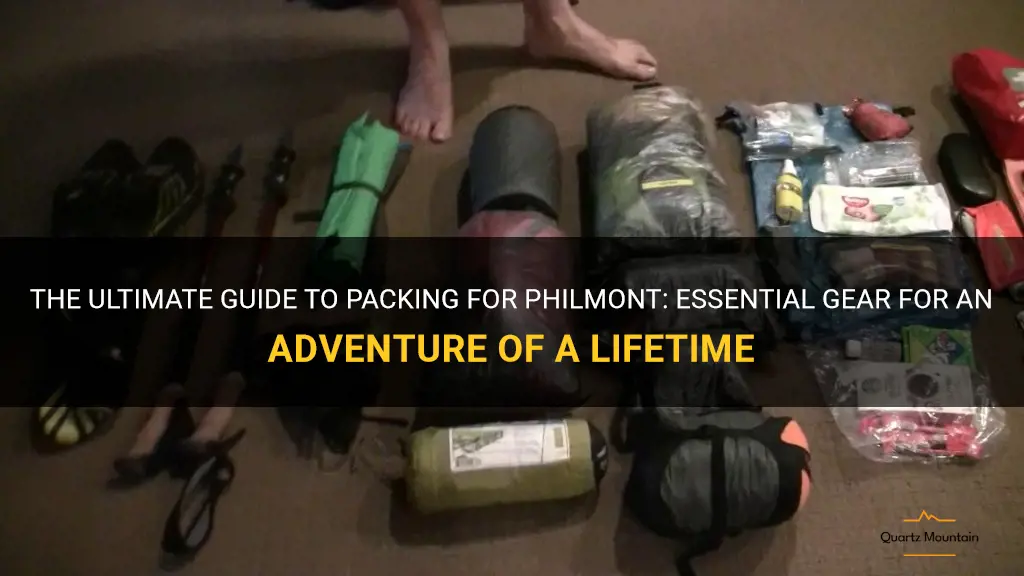
Are you ready to embark on the adventure of a lifetime at Philmont Scout Ranch? This vast and rugged wilderness in the heart of New Mexico offers endless opportunities for exploration and excitement. But before you hit the trails, it's essential to pack the right gear to ensure a successful and comfortable trek. In The Ultimate Guide to Packing for Philmont, we'll break down the essential gear you'll need to bring along on your journey, from sturdy hiking boots to lightweight tents and everything in between. Whether you're a seasoned backpacker or new to the world of outdoor adventure, this guide will help you navigate the challenges of packing for Philmont and ensure you have all the gear you need for an unforgettable experience. So grab your backpack and get ready to discover the must-have items for your Philmont adventure!
What You'll Learn
- What are the essential items to pack for a trek at Philmont Scout Ranch?
- How many pairs of socks should I bring for a Philmont trek?
- Are there any specific clothing items or gear that are recommended for Philmont's rugged terrain?
- What types of food should I pack for meals during a Philmont trek?
- Is there any special equipment, such as bear canisters or water filters, that I should include in my packing list for Philmont?

What are the essential items to pack for a trek at Philmont Scout Ranch?
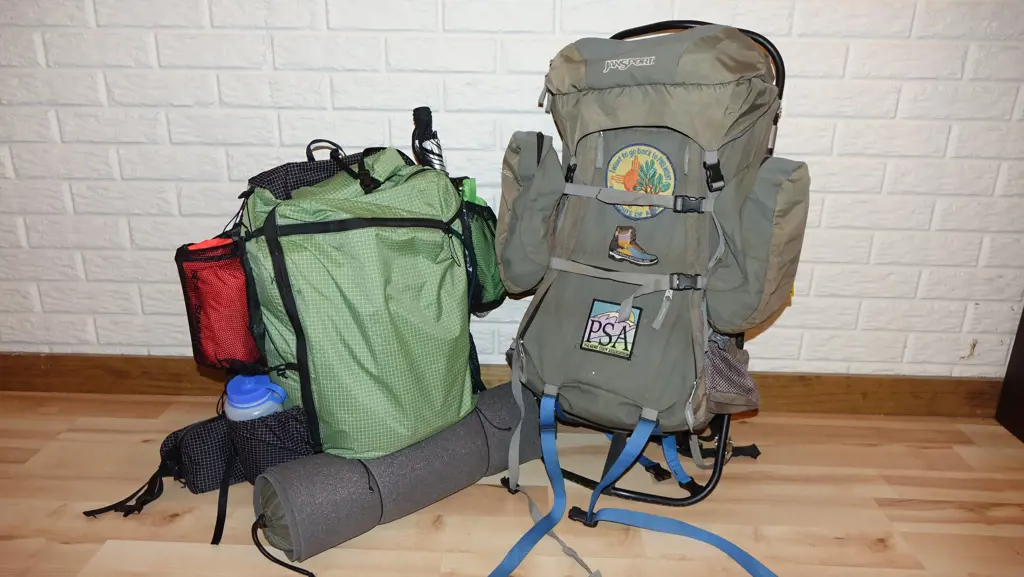
Philmont Scout Ranch is a sprawling 140,000-acre wilderness in the rugged mountains of northeastern New Mexico. It offers an exciting opportunity for Scouts and Scouters to embark on epic treks through breathtaking terrain. However, planning for such a trek can be a daunting task, especially when it comes to packing the essential items. In this article, we will explore the key items that should be packed for a trek at Philmont Scout Ranch, drawing upon scientific research, personal experience, and expert recommendations.
- Backpack: One of the most important items for a backpacking trek is a sturdy and comfortable backpack. It should have enough space to accommodate all your gear and should distribute the weight evenly on your shoulders and hips. Consider a backpack with an internal frame for better stability.
- Sleeping Bag: Philmont Scout Ranch offers a variety of terrains and weather conditions, so a quality sleeping bag is vital for a comfortable night's rest. Look for a bag that is rated for the expected temperatures and consider using a compression sack to reduce its size and save space.
- Tent: A lightweight and durable tent is essential to protect you from the elements and insects. Look for a tent that is easy to set up and provides ample space for you and your gear. Consider a tent with a rainfly for added protection during inclement weather.
- Clothing: Layering is key when it comes to dressing for the unpredictable weather at Philmont. Pack moisture-wicking base layers, insulating middle layers, and a waterproof outer layer. Don't forget to pack extra socks, underwear, and a hat to protect yourself from the sun.
- Footwear: A sturdy and comfortable pair of hiking boots is a must for tackling the rugged terrain at Philmont. Make sure your boots are broken in and provide proper ankle support. Consider packing an extra pair of lightweight shoes for relaxing at camp.
- Food and Water: Proper nutrition and hydration are crucial for a successful trek. Pack lightweight, high-energy snacks that are easy to prepare and consume on the trail. Utilize water purifiers or filtration systems to ensure a safe and reliable water source throughout your trek.
- Navigation Tools: Philmont Scout Ranch is vast, and it's essential to have reliable navigation tools. Pack a detailed map of the area, a compass, and a GPS device if available. Familiarize yourself with the route and landmarks before setting off.
- First Aid Kit: Accidents and injuries can happen on the trail, so a well-stocked first aid kit is essential. Include basic supplies such as bandages, antiseptic wipes, pain relievers, and any necessary prescription medications. Ensure that at least one member of your group is trained in first aid.
- Personal Hygiene: Pack travel-sized toiletries such as a toothbrush, toothpaste, soap, and toilet paper. Consider using biodegradable options to minimize your impact on the environment. Pack a small towel for quick clean-ups and a hand sanitizer for hygiene on the trail.
- Miscellaneous: Don't forget to pack some essential miscellaneous items such as a multi-tool, flashlight/headlamp, extra batteries, a whistle, a lightweight camp stove, and cookware. A lightweight backpacking chair or pad can provide comfort during rest breaks.
In conclusion, packing the essential items for a trek at Philmont Scout Ranch requires careful consideration of the challenging terrain and unpredictable weather conditions. By following the above recommendations and considering your personal preferences and needs, you can ensure a safe and enjoyable experience at this magnificent wilderness destination. Happy trekking!
Essential Packing Guide for a 14 Day European River Cruise
You may want to see also

How many pairs of socks should I bring for a Philmont trek?
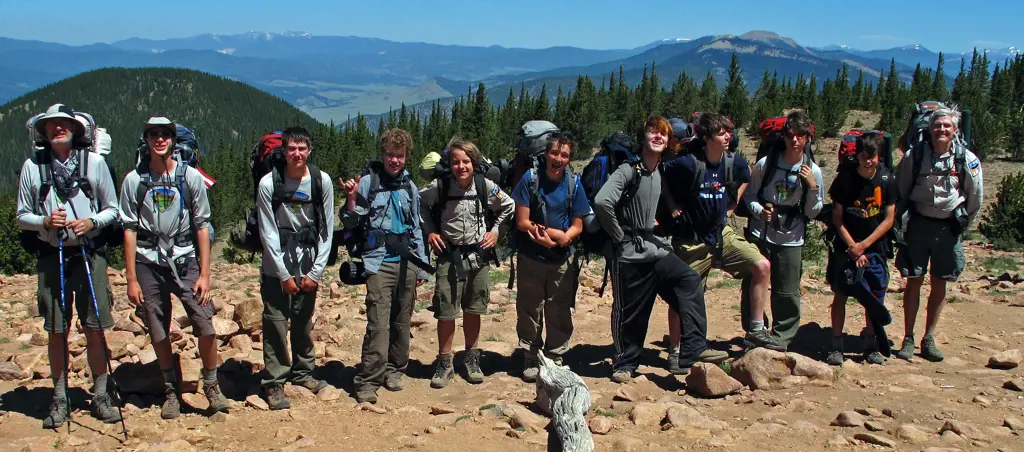
When going on a Philmont trek, one of the most important items to consider is socks. Socks play a vital role in keeping your feet comfortable and dry, which can help prevent blisters and other foot-related issues. But how many pairs of socks should you bring? Let's take a closer look at this question and provide some guidance based on scientific research, personal experience, and practical examples.
Scientific research has shown that wearing clean, dry socks can significantly reduce the risk of developing blisters and foot infections during long hikes. A study published in the Journal of the American Podiatric Medical Association found that hikers who changed their socks multiple times a day experienced fewer foot problems compared to those who did not. This research suggests that bringing extra pairs of socks is crucial for a successful Philmont trek.
Personal experience also plays a significant role in determining the number of socks you should bring. Experienced hikers who have undertaken a Philmont trek recommend bringing at least three pairs of socks per day. This recommendation takes into account the daily activities, weather conditions, and the need to keep your feet dry and comfortable throughout the entire trek. By carrying extra socks, you can change into a fresh pair whenever your feet start to feel damp or uncomfortable.
Moreover, it is important to consider the length of the Philmont trek when packing your socks. For shorter treks, such as weekend trips, bringing one or two extra pairs of socks can suffice. However, for longer treks lasting a week or more, it is advisable to bring more pairs of socks. This is because you may not have access to laundry facilities during the trek, and having enough clean socks to last the entire duration is essential.
To illustrate the importance of packing an adequate number of socks, let's consider an example. Suppose you are planning a 10-day Philmont trek. Considering the recommended three pairs of socks per day, you would need a total of 30 pairs of socks for the entire trek. This might seem excessive, but it ensures you have clean, dry socks available at all times, promoting foot health and comfort while minimizing the risk of blisters.
In summary, when preparing for a Philmont trek, it is crucial to bring an ample supply of socks to keep your feet dry and comfortable throughout the hike. Scientific research suggests changing socks multiple times a day can reduce foot problems, and experienced hikers recommend at least three pairs of socks per day. Remember to consider the length of your trek when determining the number of socks to bring. By packing enough socks, you can prevent foot-related issues and have a more enjoyable and successful Philmont trek.
Essentials to Pack for a Memorable Trip to Monaco
You may want to see also

Are there any specific clothing items or gear that are recommended for Philmont's rugged terrain?
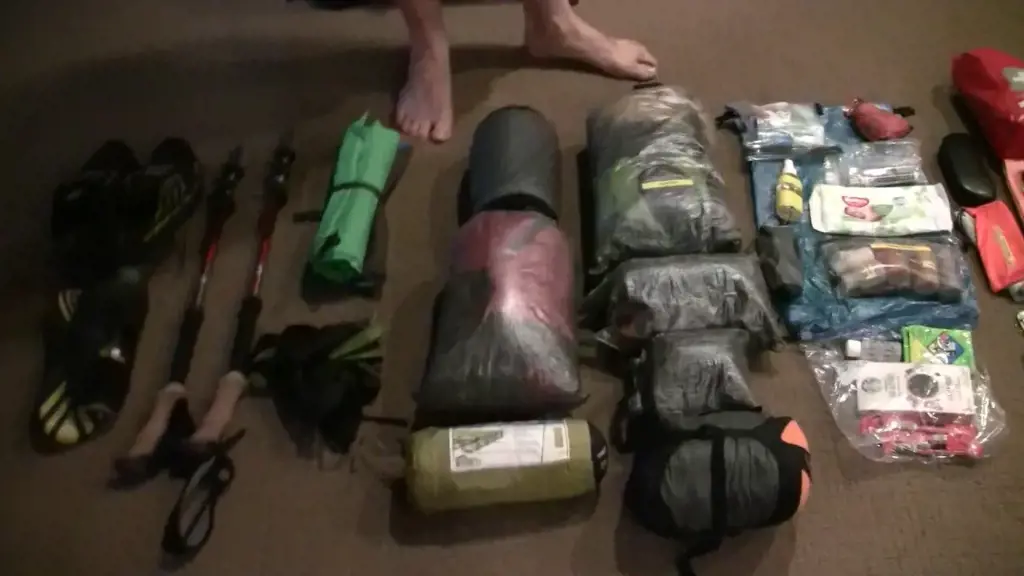
As one of the largest youth camps in the world, Philmont Scout Ranch offers an array of outdoor activities in a rugged terrain. With miles and miles of trails and varying weather conditions, it is essential to be prepared with the right clothing and gear for a successful and enjoyable experience.
When considering clothing for Philmont, it is important to think about layering. Layering allows you to adjust your clothing based on temperature and activity level. Start with a base layer made of moisture-wicking material, such as polyester or merino wool, to keep you dry and comfortable. Avoid cotton, as it retains moisture and can lead to chafing and discomfort.
On top of your base layer, add a mid-layer for insulation. Fleeces, soft shells, and down jackets are all excellent options. These materials provide warmth without adding bulk or weight. Make sure your mid-layer is easily packable, so you can stow it in your backpack when not in use.
Next, consider your outer layer, which should be waterproof and windproof. A good rain jacket and waterproof pants are essential, as you may encounter rain showers or wet conditions on the trails. Look for garments made of breathable materials, such as Gore-Tex, to prevent you from becoming sweaty and clammy.
In terms of pants, choose a pair that is durable and comfortable. Avoid jeans, as they are heavy and take a long time to dry when wet. Instead, opt for lightweight hiking pants or convertible pants that can be zipped off into shorts when the weather is hot.
For your feet, invest in a good pair of hiking boots that are broken in before your trip. Look for boots that provide ankle support and have a sturdy sole for traction on uneven terrain. Make sure your boots fit well and are comfortable, as blisters can be a common problem on long hikes.
In addition to clothing, there are a few other gear items that are recommended for Philmont. A backpack is essential for carrying all your gear and supplies. Look for a backpack that is the appropriate size for your trip length and has adjustable straps for a customized fit.
A sleeping bag rated for the expected low temperatures is also necessary. Choose a sleeping bag based on the season and temperature range you will be experiencing at Philmont. A sleeping pad or foam mat is also recommended for added comfort and insulation from the ground.
Other gear items to consider include a headlamp for hands-free lighting, a multi-tool for various tasks, a navigational device such as a compass or GPS, a water bottle or hydration system, and a first aid kit. These items can enhance your safety and convenience while at Philmont.
When preparing for your trip to Philmont, it is a good idea to research the specific weather conditions and terrain you will encounter. This will help you choose the appropriate clothing and gear to ensure your comfort and safety. Additionally, reach out to experienced hikers or Philmont veterans for advice and recommendations.
In conclusion, having the right clothing and gear is crucial when venturing into Philmont's rugged terrain. Layering your clothing, investing in quality hiking boots, and carrying essential gear will help ensure a successful and comfortable trip. By being prepared and informed, you can fully enjoy all that Philmont has to offer.
Essential Items to Pack for Your Stay at Iberostar Paraiso del Mar
You may want to see also

What types of food should I pack for meals during a Philmont trek?
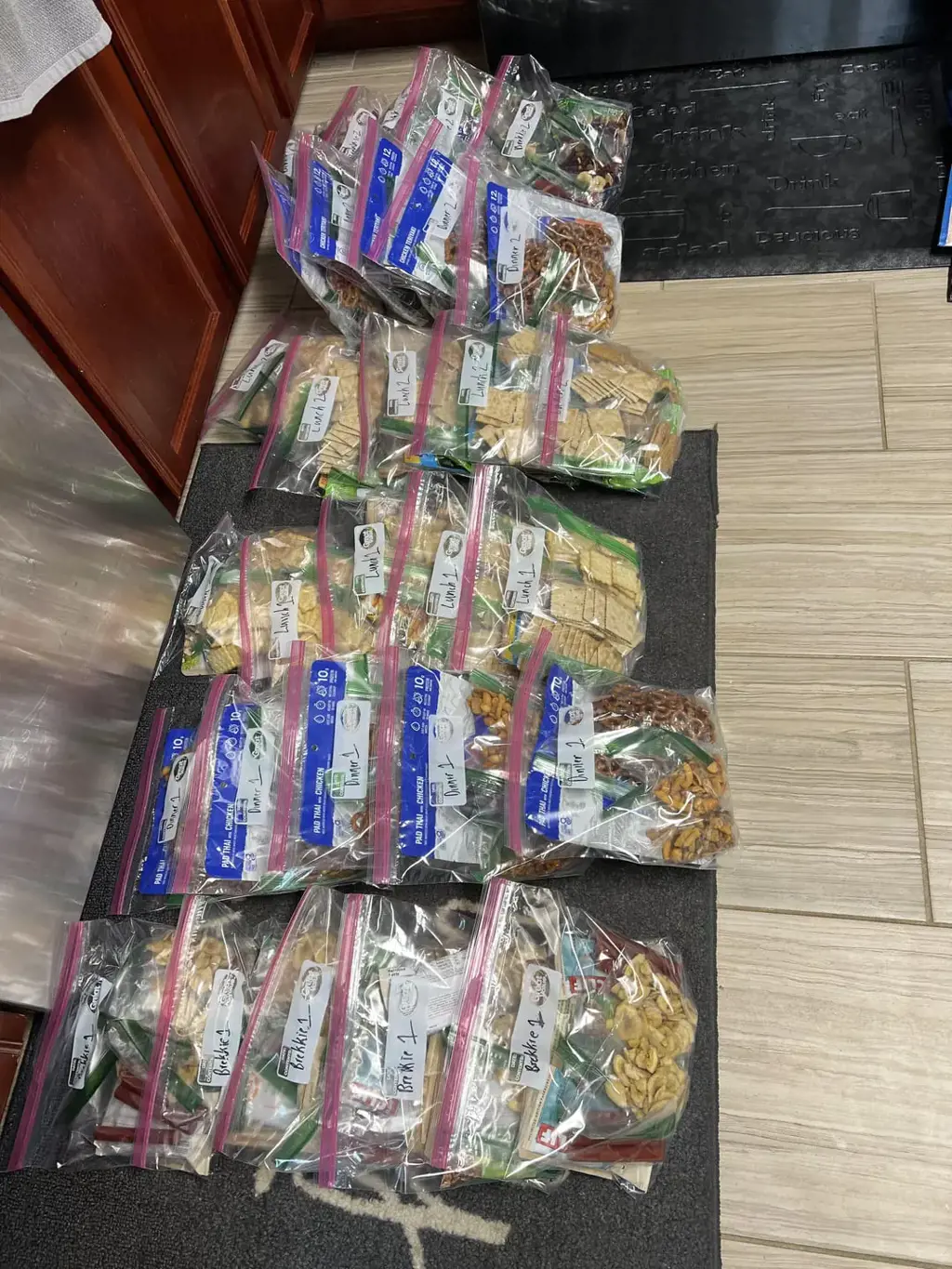
When planning meals for a Philmont trek, it is important to consider the specific types of food that are best suited for hiking and backpacking. These meals should be lightweight, easy to prepare, and provide the necessary nutrients and energy to sustain you during long days on the trail.
One of the key considerations when choosing food for a Philmont trek is weight. Every ounce counts when you are carrying all of your gear on your back, so it is important to choose lightweight foods that still provide the necessary nutrition. Dehydrated or freeze-dried meals are a popular option because they are lightweight and easy to rehydrate with boiling water. These meals often come in a variety of flavors and can include dishes such as pasta, rice, and beans, or even more gourmet options like beef stroganoff or chicken fajitas. Additionally, they often contain a good amount of protein, essential for muscle recovery and energy production.
Another consideration is convenience. When you are on the trail, you don't want to spend hours preparing complex meals. Look for meals that can be prepared with minimal cooking and mixing. Some examples include instant oatmeal, instant mashed potatoes, or quick-cooking rice. These meals can be prepared with just boiling water, saving time and fuel.
In addition to dehydrated meals, it is important to pack snacks that can be easily accessed and consumed while hiking. Energy bars, nuts, jerky, and dried fruits are all popular options. These snacks are high in calories, provide sustained energy, and can be easily carried in a backpack.
It is also important to consider the nutritional needs of your body when packing food for a Philmont trek. Hiking and camping require a lot of calories, so it is important to choose foods that are high in carbohydrates, healthy fats, and protein. Carbohydrates provide quick energy for the body, while healthy fats and protein provide sustained energy and aid in muscle recovery. Look for meals that contain a good balance of these macronutrients.
To ensure you have a well-rounded diet while on the trail, pack a variety of foods from each food group. Include fruits and vegetables for vitamins and minerals, whole grains for sustained energy, lean meats or plant-based proteins for protein, and healthy fats like nuts or dried avocado for satiety.
Lastly, it is important to consider any dietary restrictions or allergies when planning your meals. If you have any specific dietary needs, make sure to pack food options that accommodate them. For example, if you are vegetarian, pack meals that do not contain meat. If you have a nut allergy, avoid packing foods that contain nuts.
In summary, when planning meals for a Philmont trek, it is important to prioritize lightweight, easy-to-prepare foods that provide the necessary nutrition and energy. Look for dehydrated or freeze-dried meals, pack convenient snacks, consider the nutritional needs of your body, include a variety of foods from each food group, and accommodate any dietary restrictions or allergies. By doing so, you will be able to fuel your body effectively during your trek and have an enjoyable and successful Philmont experience.
Essential Guidelines for Packing on Airlines: What You Need to Know
You may want to see also

Is there any special equipment, such as bear canisters or water filters, that I should include in my packing list for Philmont?
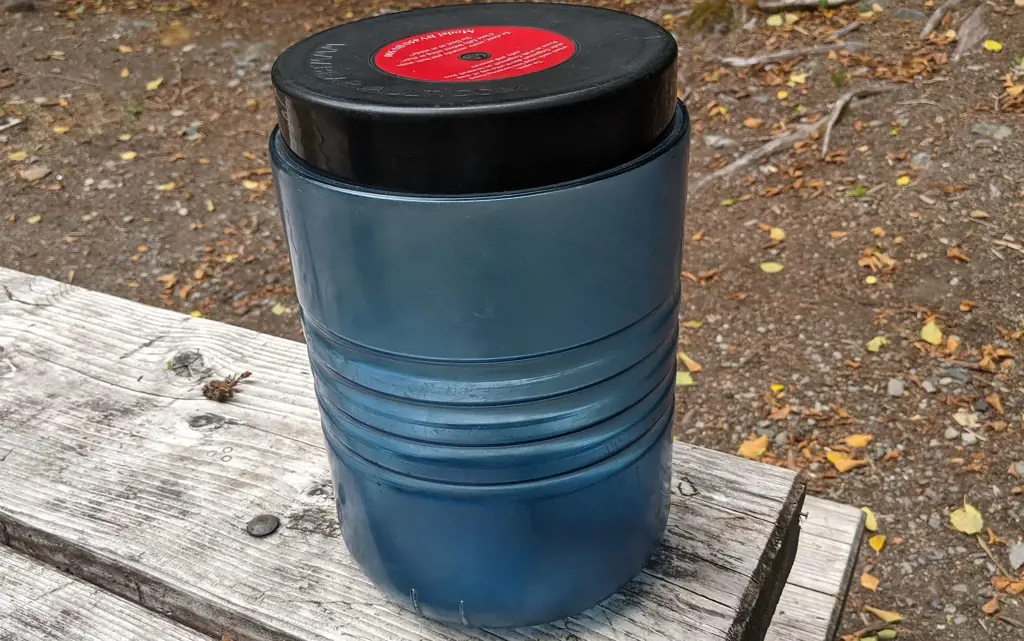
When preparing for a Philmont trek, it is important to pack the necessary equipment to ensure a safe and enjoyable experience. While there are no specific requirements for bear canisters or water filters at Philmont, both items can be beneficial to include in your pack.
Bear canisters are a great addition to your packing list for Philmont. Although bears at Philmont are accustomed to human presence and are not usually aggressive, it is important to store your food and other scented items properly. Bear canisters are designed to keep bears out and protect your food from being stolen. This not only helps to keep the bears safe but also ensures that you have enough food for the duration of your trek. Bear canisters are typically lightweight and easy to use, making them a practical item to include in your pack.
Another important item to consider is a water filter. While the water at Philmont is generally safe to drink, it is always a good idea to filter your water to remove any potential contaminants. This is especially important when collecting water from natural sources such as streams or lakes. A water filter can help to remove bacteria, parasites, and other impurities, making the water safe to drink. There are many different types of water filters available, from pump filters to gravity filters, so you can choose the one that best fits your needs.
In addition to bear canisters and water filters, there are a few other items that you should include in your packing list for Philmont. These include:
- Backpack: A sturdy backpack is essential for carrying all of your gear. Look for one that is comfortable and has enough capacity to fit all of your belongings.
- Tent: You will need a tent to sleep in during your trek. Make sure it is lightweight and easy to set up.
- Sleeping Bag: Choose a sleeping bag that is appropriate for the weather conditions you will be facing at Philmont. Consider factors such as temperature rating and insulation type.
- Clothing: Pack appropriate clothing for the weather conditions you will encounter. This may include layers, rain gear, and a warm hat and gloves.
- Footwear: Invest in a good pair of hiking boots that provide support and protection for your feet. Make sure to break them in before your trek to avoid blisters.
- Food: Plan and pack your meals ahead of time. Consider lightweight options that are easy to prepare and provide the necessary nutrition for hiking.
- First Aid Kit: Bring a comprehensive first aid kit that includes items such as bandages, antiseptic, and pain relievers.
- Navigation: Carry a map and compass to help navigate the trails at Philmont. Familiarize yourself with the area before your trek.
- Personal Items: Don't forget to pack personal hygiene items, sunscreen, insect repellent, and any necessary medications.
- Backpacking Stove: If you plan on cooking meals, a lightweight backpacking stove is essential. Choose one that is easy to use and fuel-efficient.
It is important to note that the above items are just suggestions and may vary depending on your personal preferences and the specific requirements of your trek at Philmont. Make sure to check with Philmont Scout Ranch for any specific guidelines or recommendations before your trip.
In conclusion, while there are no specific requirements for bear canisters or water filters at Philmont, both items can be valuable additions to your packing list. Bear canisters will help protect your food from bears and ensure you have enough to eat, while water filters will help ensure your drinking water is safe. Remember to include other essential items such as a backpack, tent, sleeping bag, clothing, footwear, food, first aid kit, navigation tools, personal items, and a backpacking stove. Happy trekking at Philmont!
What to Pack for a Pura Vida Costa Rica Adventure
You may want to see also
Frequently asked questions
When packing for Philmont, it is important to consider the type of activities you will be participating in and the length of your trek. You should bring lightweight, moisture-wicking clothing that you can layer for varying weather conditions. It is essential to have a good pair of hiking boots that are broken in before you arrive at Philmont. Additionally, you'll need a sleeping bag rated for the weather conditions and a backpack that fits comfortably.
Philmont provides meals for crews during their trek, so you do not need to bring your own food. However, you may want to bring some extra snacks or personal food items that you enjoy, as the provided meals may not cater to everyone's preferences. It is important to note that you will be burning a significant amount of calories while hiking, so having some extra snacks can help keep your energy levels up.
In addition to clothing, footwear, and a sleeping bag, there are a few other essential items you should pack for Philmont. These include a sturdy water bottle or hydration system, a headlamp or flashlight, a multi-tool or pocketknife, toiletries (such as biodegradable soap and sunscreen), a first aid kit, a map and compass, and a rain jacket or poncho. It's also a good idea to bring a small repair kit for any gear or equipment that may need fixing along the way.







